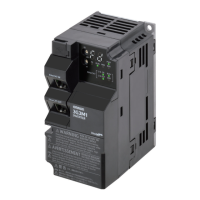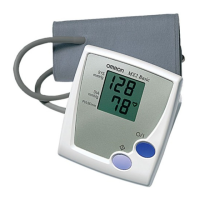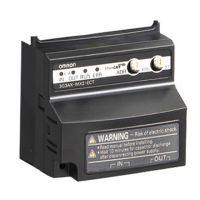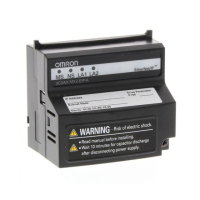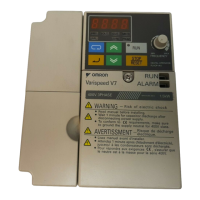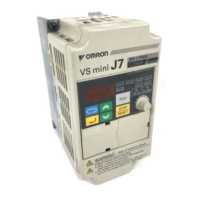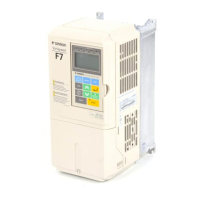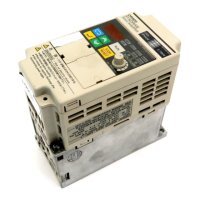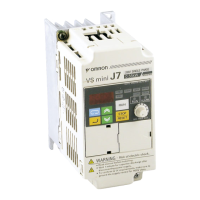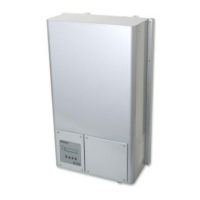This section describes the settings related to the interlock function with simple position control and
brake control.
For the simple position control settings, refer to 6-7-3 Simple Position Control Operation and Settings
on page 6-34.
•
Set the Simple Position Control Selection (P012) to 02 (Simple position control enabled) and, at the
same time, set the Brake Control Function Selection (b120) to 01 (Enabled: DC Injection Braking
enabled during stop) or 02 (Enabled: DC Injection Braking disabled during stop).
•
The interlock function with simple position control and brake control is enabled only for the 1st control
method.
•
Allocate one of the Multi-function Output 11/12 Selection (C021/C022), or Multi-function Relay Out-
put (AL1, AL2) Function Selection (C026), to the following output signals.
Brake control output : 19 (BRK: Brake release)
Brake error output : 20 (BER: Brake error)
•
As required, set one of the Multi-function Input 1 to 7 Selection (C001 to C007) to 44 (BOK: Brake
confirmation).
•
According to your system, set the parameters used for the operation sequence as shown in the table
below.
•
It is recommended to use sensorless vector control (A044 = 03) that generates a high torque during
startup. For details, refer to 6-1 Sensorless Vector Control on page 6-3.
•
Set a frequency higher than the Creep Speed Setting (P015). If the set frequency is equal to or lower
than the P015 value, the inverter will detect an overload because the brake cannot be released.
Starting Frequency to 10.00 (100.00)
*4
Set the frequency for releasing/forcing the
brake.
This setting is also used for the creep speed
under simple position control.
0.00 to 5.00
The time from when the inverter reaches the
frequency set in the Creep Speed Setting until
it outputs the brake release signal. Set the
time until the output current reaches the
Brake Release Current value.
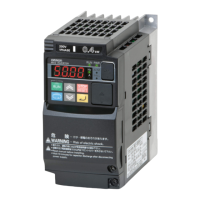
